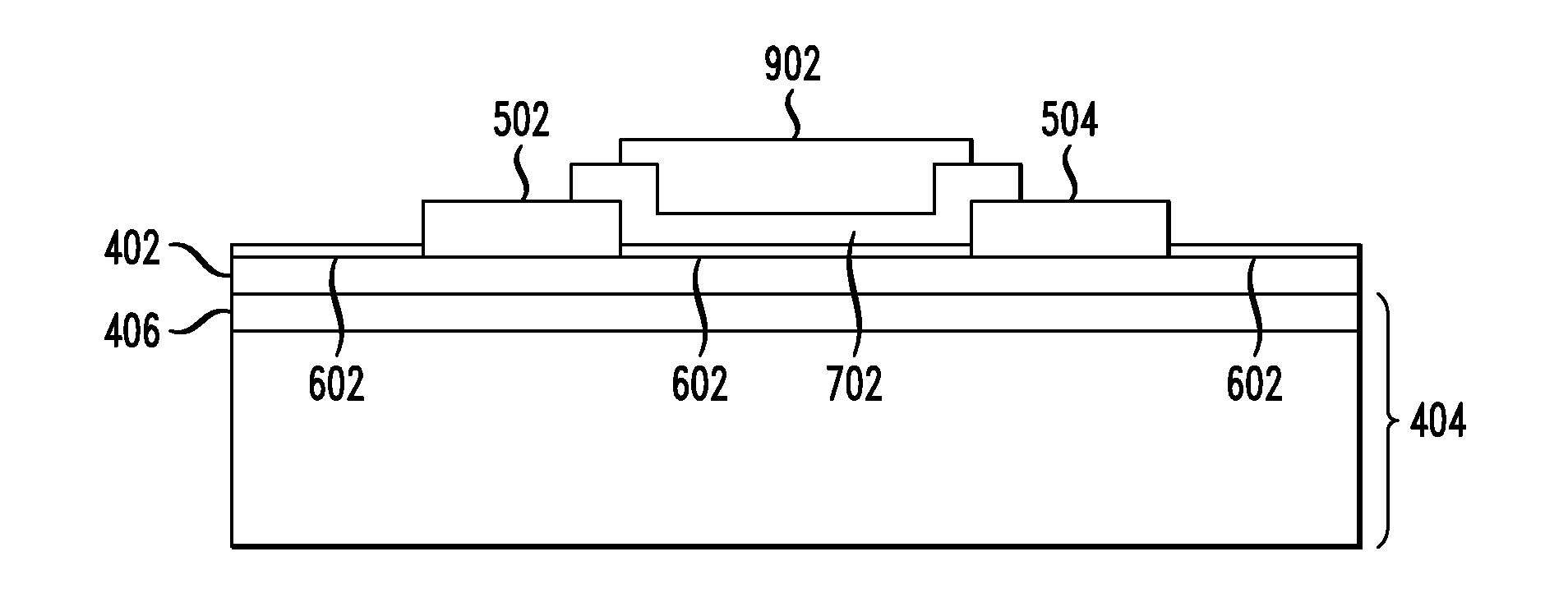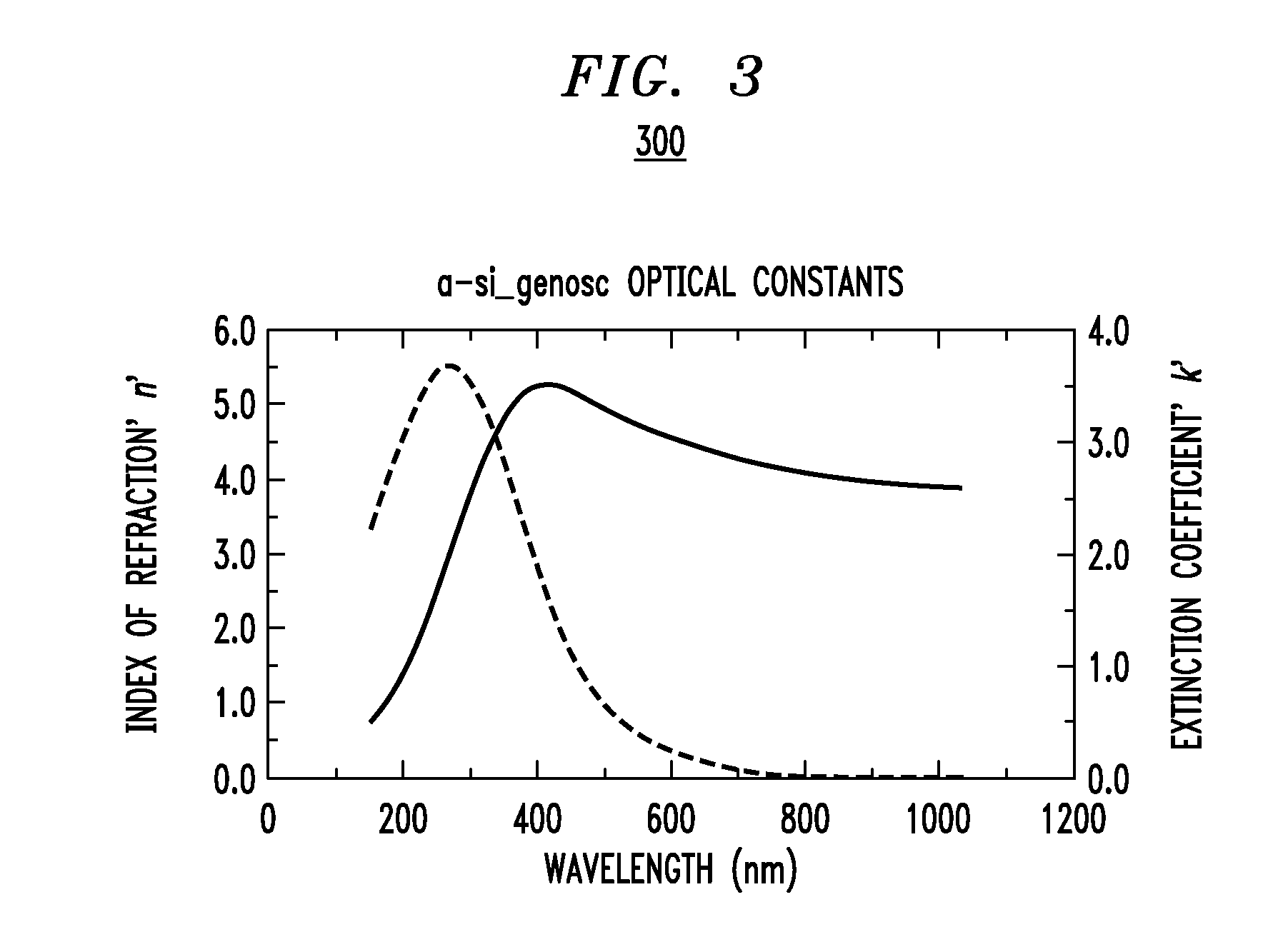Method to Improve Nucleation of Materials on Graphene and Carbon Nanotubes
a technology of carbon nanotubes and materials, applied in the direction of semiconductor devices, electrical equipment, transistors, etc., can solve the problems of difficult nucleation of high-k dielectric materials on carbon-based materials, difficult to uniformly coat a thin layer of any material onto the carbon surface, etc., to achieve the effect of facilitating nucleation
- Summary
- Abstract
- Description
- Claims
- Application Information
AI Technical Summary
Benefits of technology
Problems solved by technology
Method used
Image
Examples
Embodiment Construction
[0024]The present teachings address the above-described problems associated with thin coating chemically inert carbon-based materials. Examples of carbon-based materials as they are described herein include, but are not limited to, graphene, carbon nanotubes and carbon fibers. Advantageously, it has been determined by way of the present teachings that an ultra thin silicon nucleation layer on the surface of the carbon-based material can facilitate nucleation of the coating to achieve complete coverage of the surface, without affecting the electrical properties of the carbon-based material. By way of example only, FIGS. 1 and 2 are cross-sectional diagrams illustrating an exemplary methodology for forming a thin coating on a surface of a carbon-based material. As shown in FIG. 1, an ultra thin silicon nucleation layer 104 is deposited on a surface of carbon-based material 102. Silicon layer 104 may or may not be a continuous layer, i.e., silicon layer 104 does not have to fully cover...
PUM
| Property | Measurement | Unit |
|---|---|---|
| thickness | aaaaa | aaaaa |
| thickness | aaaaa | aaaaa |
| thickness | aaaaa | aaaaa |
Abstract
Description
Claims
Application Information
 Login to View More
Login to View More - R&D
- Intellectual Property
- Life Sciences
- Materials
- Tech Scout
- Unparalleled Data Quality
- Higher Quality Content
- 60% Fewer Hallucinations
Browse by: Latest US Patents, China's latest patents, Technical Efficacy Thesaurus, Application Domain, Technology Topic, Popular Technical Reports.
© 2025 PatSnap. All rights reserved.Legal|Privacy policy|Modern Slavery Act Transparency Statement|Sitemap|About US| Contact US: help@patsnap.com



